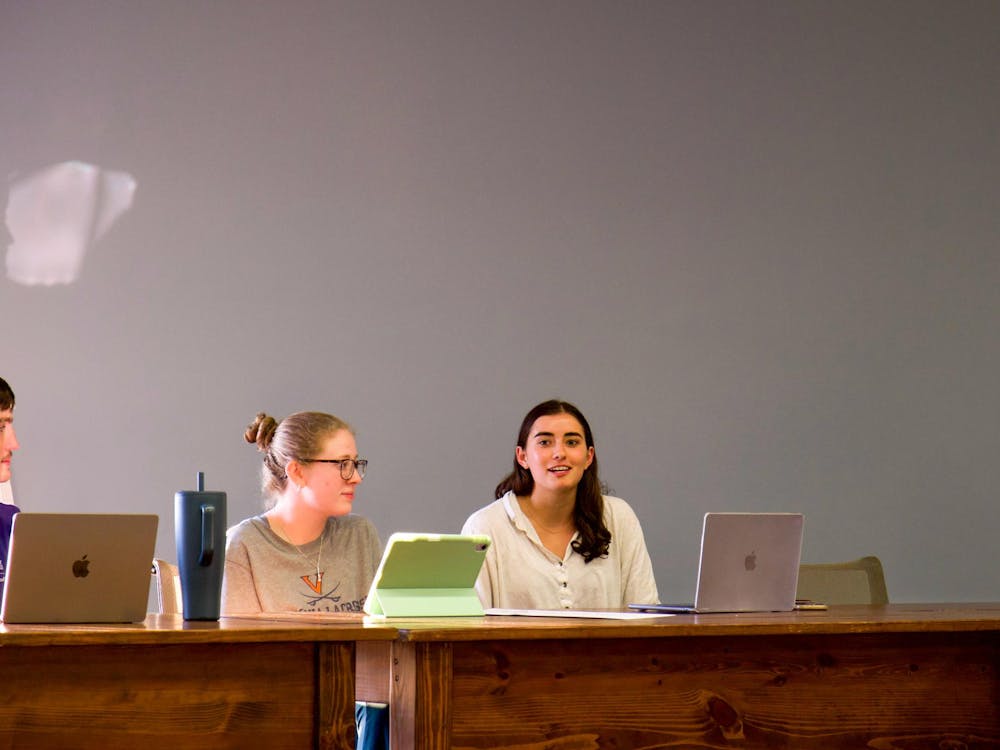The athletic department is a leading player in meeting fundraising goals for the University's Capital Campaign, while academic departments report they are satisfied with their progress toward similar fundraising goals.
Each part of the University is responsible for a portion of the Capital Campaign, which intends to raise $3 billion by Dec. 31, 2011. As of mid-March the athletic department had achieved more than 78 percent of its fundraising goal of $300,000, said Bob Sweeney, senior vice president for development and public affairs.
There are several factors that contribute to the athletic department's fundraising success, he said, one of which is the department's well-organized fundraising system.
"The athletic department has been one of the most effective fundraising organizations in the country," Sweeney said.
The fundraising contributions that the department received for the John Paul Jones Arena project also contributed to the department's success, Sweeney said, adding that the project started several years before the Capital Campaign and served as a "bridge campaign" to current fundraising efforts.
Dirk Katstra, executive director of the Virginia Athletics Foundation, stated in an e-mail, "The John Paul Jones Arena fundraising effort was a significant portion of our campaign totals and was the University's first major project at the start of the overall Capital Campaign."
The rest of the athletic department's fundraising sums have come from the department's general base of alumni, fans, friends and a small number of corporate donors, Katstra stated.
Not all financial donors, however, are limited to athletics. Sweeney said most of the major benefactors to the athletic department are also major benefactors to the University as a whole.
"Most of the most generous University benefactors to the arena are also major University philanthropists," Sweeney said in reference to the case of John Paul Jones Arena.
The overlap between areas of funding within the University creates a "mutually beneficial situation," he said. "Many athletic [department] donors understand that a great university should be great at everything."
Despite sharing some donors, different departments approach fundraising in different ways said Tim Redden, Engineering School associate dean for development. In the case of the University of Virginia Engineering Foundation, corporate sponsors may provide a new resource for departmental fundraising, he added.
"We have a great group of Engineering alum[ni] who have been very dedicated with their time and money," Redden said. "But [we] are also establishing important ties with companies and foundations."
The funds the Foundation receives through its fundraising efforts will give the Engineering School the ability to offer more opportunities to its students, he added, noting that the addition of a new Information Technology building that would house high-tech laboratory equipment and the development of material science resources in Wilsdorf Hall.
Similar to the athletic department, receiving funds from corporate donors, as well as from alumni and their families, is the key to meeting the Foundation's fundraising goals, Redden said. At this time, the Engineering School has acquired about 37 percent of its fundraising goal of $150 million, he said.
Overall, Sweeney said he remains focused on what the Capital Campaign holds in the years to come. The University as a whole has "probably one of the most complex fundraising structures in American education," he noted, because it is uncommon for universities to have exceptionally strong fundraising programs in both athletic and academic departments.
"We have a very unique balance going on here," Sweeney said.






